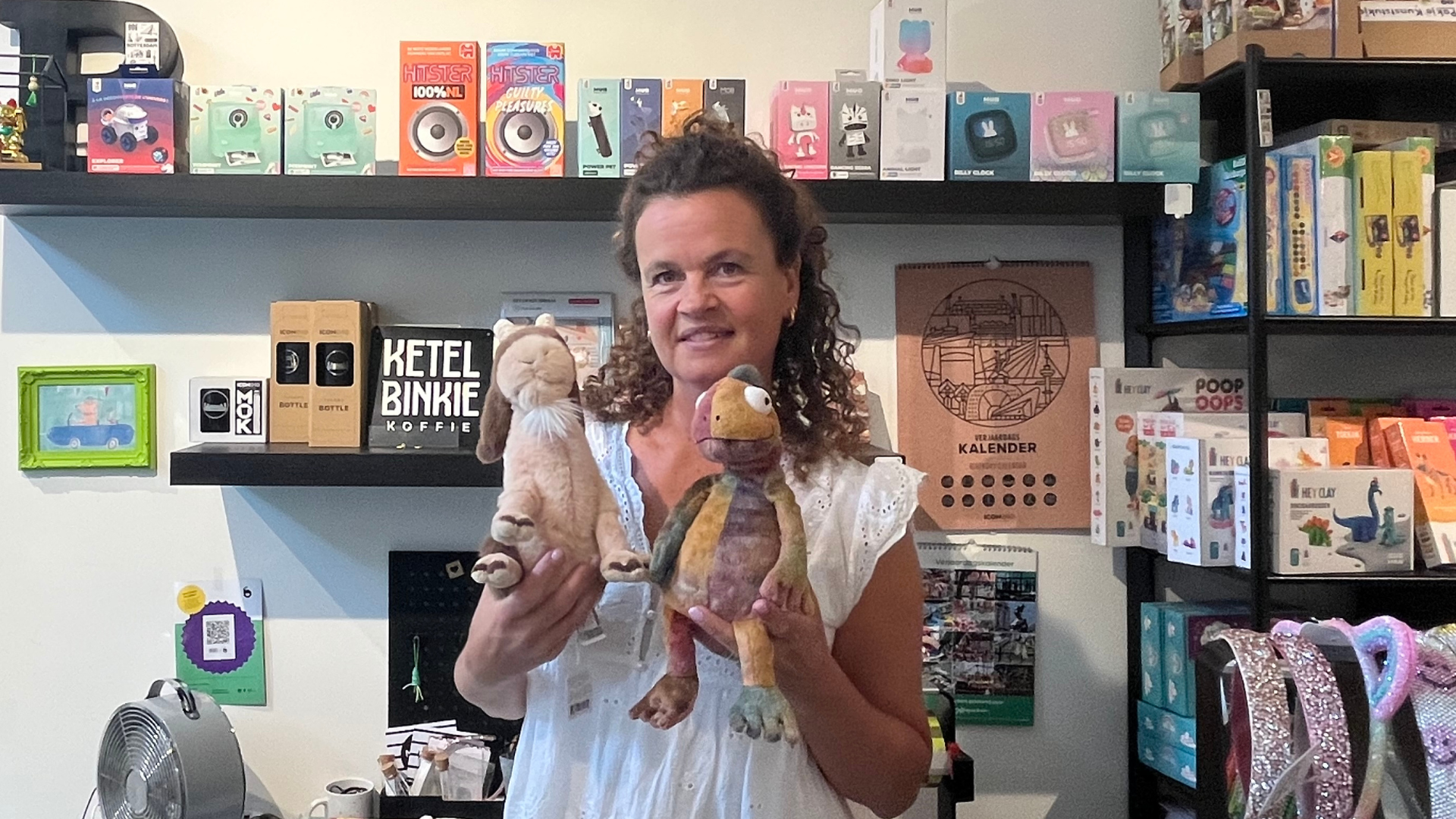Improved access to clean energy in developing countries, rising sales of smart home technologies and the continuously increasing number of sustainable buildings are clear signs of progress.
Sustainable living is the future. Not only is it better for the environment, but it can also save costs and create a healthier living environment. Here are some of the trends we can expect to see in the future of sustainable living.
In this blog you will read about:
- Sustainable homes
- Renewable energy
- Sustainable materials
- Communal living
- A more sustainable environment
- Challenges
- Small steps to sustainable living
Sustainable homes

Smart and passive houses are both examples of how technology and design can contribute to a more sustainable world.
- Smart houses use sensors to reduce energy consumption by, for example, turning the heating or air conditioning on or off based on the presence of people. Lights and appliances can also be turned off automatically when not in use.
- Passive houses are houses that are so well insulated that they require little or no heating and therefore use less energy. These houses use solar heat and the heat produced by appliances and occupants to maintain their temperature.
In the future, we can expect to see more and more smart homes and passive houses, as these homes not only contribute to a more sustainable world, but are also more economical for residents. By reducing energy consumption and using renewable energy sources, these houses contribute to the fight against climate change.
Renewable energy

Solar panels are becoming cheaper and cheaper, allowing more people to install them on their roofs. In some countries, they are even being made mandatory in new construction. And that's good news! In fact, these green energy suppliers help reduce your carbon footprint.
Did you know that…
- 35% of all owner-occupied homes now have solar panels on the roof. 16% of all social housing now has solar panels on the roof (Source: Duurzaam ondernemen).
- Almost 1 in 5 houses in the Netherlands has a solarpanel (Source: Independer). This makes the Netherlands the European leader in solar panels.
- The price of solar power has fallen sharply in recent years, making it an increasingly attractive option for energy supply. As recently as 2000, the price per megawatt hour was 10 times that of a modern gas-fired power plant, but by 2021, the price of solar power worldwide will have fallen to about $48 per megawatt hour (Source: De Correspondent).
The downward trend in prices shows that the future of renewable energy is getting closer and closer and has the potential to be widely adopted. So in the future, more and more people will be able to use green energy, such as solar, wind and geothermal energy.
Sustainable materials

Sustainable living goes beyond the pursuit of energy efficiency. It is also about reusing building materials. In the future, we expect to see more and more homes manufactured with recycled materials, such as recycled plastic and wood. Reusing materials is not only more sustainable, but it also results in less waste and lower production costs. So, a win-win situation!
It is also worth considering refurbishing old properties instead of demolishing them. That way, fewer existing materials are lost and fewer new ones need to be produced. In doing so, of course, make sure that you equip the building with modern insulation, otherwise the benefits won't outweigh the costs (both financially and in terms of sustainability).
Communal living

With rising house prices, communal living is becoming increasingly popular, especially among younger generations. It is expected that this way of living will become even more attractive in the future, as it brings several advantages - in terms of sustainability as well as social and economic benefits.
By sharing costs with others, you will feel this in your wallet. Also, this form of living combats loneliness, since you always have people around you. In addition, by heating fewer rooms and cooking together, you reduce energy and gas consumption.
A nice additional option is to grow food together in a shared vegetable garden, for example. This way, you reduce your carbon footprint even further. Or, together with your housemates, set up a sustainable initiative for the neighborhood, such as promoting the sharing economy with Peerby.
Een duurzamere omgeving

The locations where houses are located will become increasingly sustainable in the future.
- Transport An important way to achieve this is by designing cities and towns so that people can get around more easily on foot, by bicycle or by public transport. These measures will encourage residents to choose sustainable modes of transportation instead of cars.
- Greening More green spaces can also be created, such as parks or rooftop gardens
- Waste management Cities will increasingly optimize their waste management due to increasingly stringent waste targets (for example, by implementing the Byewaste service)
Challenges
Currently, it is already possible to make your home more sustainable, but this can quickly become very expensive. This counters the goal of sustainable and affordable homes for all and promotes inequality. Fortunately, with the improvement of existing technologies and the invention of new methods, this is gradually improving. However, further investment will still be needed to reach the goal.
Until now, the main focus has been on developing technologies that allow repeatability in the construction process, thereby reducing costs. Unique solutions for each housing situation seem almost at odds with this goal. This makes developing systems that meet both needs not impossible, but difficult. Therefore, it is important that politicians encourage sustainable living, through subsidies for developers and/or supporting residents in making the switch (for example, by offering the Energiebox).
Small steps to sustainable living

By making a few small changes to your lifestyle, you can live more sustainably and reduce your impact on the environment. Below are some tips you can apply right away:
- Make use of what is already there
Start by reusing materials that are already there. You can do this by purchasing used furniture, or buying furniture built from recycled materials.
You can find a lot of secondhand furniture on Facebook Marketplace en Marktplaats, but also at local thriftshops.
- Isoleer je huis goed
A well-insulated house saves a lot of energy and reduces greenhouse gas emissions. For example, start by insulating your roof or facade and replace single glass with HR++ glass. This is because single glass has a low insulation value and allows a lot of heat to escape. This causes a lot of energy to be lost and requires more heating to reach the desired temperature in the house. This results in a higher energy bill and more CO2 emissions.
Examples of websites that sell HR++-glass are: GlasGigant.nl, Glaskoning.nl, Glaswebwinkel.nl.
- Save water
With a water-saving shower head, you save not only water, but also energy. In fact, you use less hot water, which means you need less energy to heat this water.
You can also, for example, collect rainwater in a barrel so you don't have to use as much tap water to water your plants.
- Switch energy providers
Is your electricity already "green"? Read more about this topic here. Switching to a sustainable energy supplier contributes to sustainable living by supplying green energy, offering advice and opportunities for energy savings and developing new sustainable energy projects in the Netherlands.
Examples of "green" energy providers include: Greenchoice, Energie VanOns, Vandebron, en Powerpeers.
Of course, there are many other ways to live sustainably, such as buying energy-efficient appliances and learning sustainable habits in the kitchen. However, the steps in this article will take you a long way!






.png)


